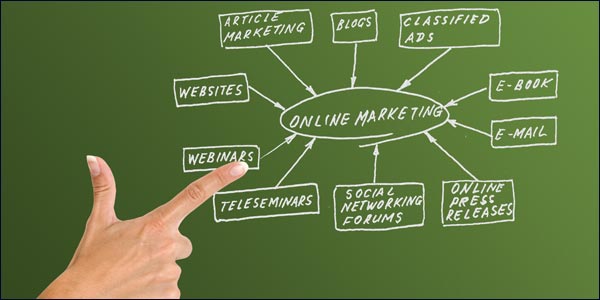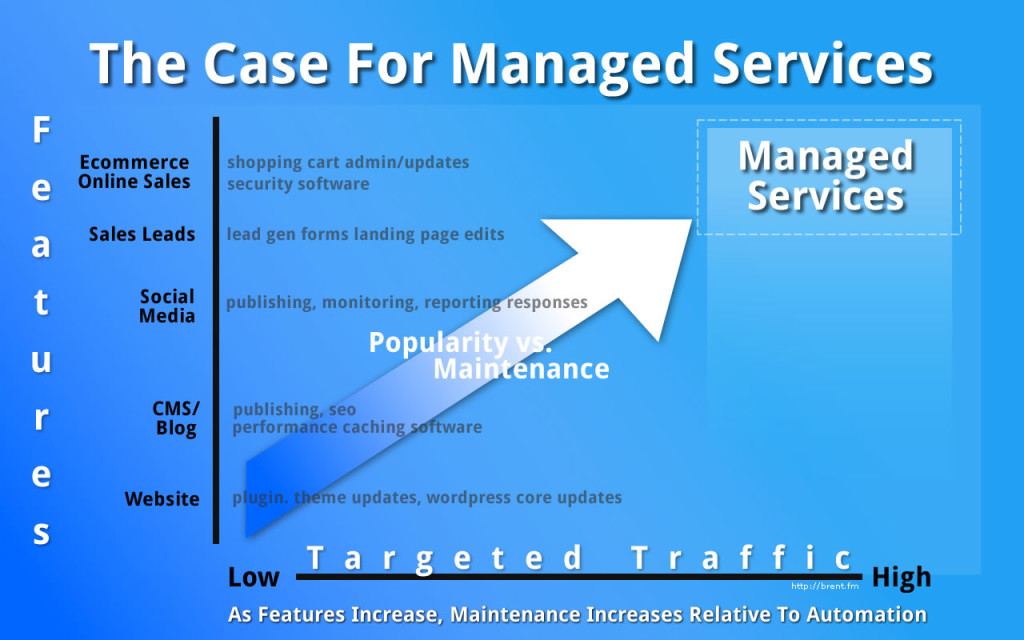There are websites dedicated to reducing spam via email blacklisting. They don’t all perform the same function but around 300 do similar jobs in that they act as clearinghouses for IP Addresses that have been reported as spam by someone else.
We have probably explained some of the basics of spamming before you reached this page. But in case you’re learning about spam for the first time, additional resources are added below. We hope these resources help you better understand and avoid spam (not the food).
What is Email Blacklisting?
When someone sends out spam, it is possible for the recipient of the email to mark the email as spam. When an email message is flagged as spam, the email is reviewed for blacklisting. If the email is determined to be spam, the IP address and/or the email address that sent the spam may become blacklisted, especially when multiple reports are made from additional sources.
There are multiple scenarios in which you may encounter blacklisting using HostGator services. Two common examples are:
A. If you are not receiving messages from a certain contact, it is possible that the contact has been blacklisted.
B. You may be receiving bounceback messages saying that your mail was not delivered. In this case, it may be that your server or email address has been blacklisted.
If you’re a gmail user a possible solution is to pull your emails from the server. Inexperienced email admins may forward your email from the server to your gmail inbox. This may work for a while. By forwarding emails, ALL emails will be forwarded. This includes spam. Google doesn’t like spam and if you are forwarding hundreds of spam emails to gmail they have to use resources to run those spam emails through their own spam filters. If it’s too much, they may delay your email before sending it to your spam folder. When a large email host with millions of email users is involved, like Hostgator it can cause Google to use more resources than otherwise necessary. This is somewhat dependent on Hostgator’s own spam filters but it’s easy for Hostgator to just ignore spam and reduce tech support calls. Forwarding is only a short-term solution.
The best solution is to correctly enter your pop, imap, smtp settings in Gmail and pull your emails into your account. This is a clear signal to Google that you want the email. Once your emails are being pulled into your Gmail account it is then important for you to mark spam emails as spam. Doing so signals Gmail you are taking an active role and helps Gmail reduce spam based on your preference. This is a more trusting relationship. Gmail maintains their own spam blacklisting services.
SORBS maintains a list of networks and addresses that it believes are assigned dynamically to end users/machines, it refers to this list as the DUHL (Dynamic User/Host List).[http://brentnorris.com2] The list includes wide networks of computers sharing the same IP address using network address translation which are also affected (If one computer behind the NAT is allowed to send spam, the whole network will be blacklisted if the NAT IP is ever blacklisted.) This is a common method of pre-emptive blocking as most legitimate mail servers are hosted in data centers designed and provisioned for such services, the legitimate mail servers that are affected by such listings are most commonly home hobbyists running their own mail servers. The Spamhaus Policy Block List (PBL) is another such pre-emptive list which does not just list dynamic hosts, but also blocks hosts it believes [http://brentnorris.com3] should not be sending email directly to third-party servers. SORBS also operate another list which is similar to the Spamhaus PBL called the NoServers list, which is wholly maintained by the network administrators of the respective networks and is therefore theoretically False Positive free. –http://en.wikipedia.org/wiki/Spam_and_Open_Relay_Blocking_System
The following resources are provided to help you understand email blacklisting at Hostgator. These resources may or may not be helpful for dealing with email blacklisting at other web hosting providers.
Hostgator – Global Blacklisting Results in Undeliverable Email (August 23rd, 20http://brentnorris.com3)
At Brent.FM we take spam seriously as a precursor to resulting problems such as malware. Like a poorly maintained car, spam can lead to technical problems outside of your inbox. A spam problem can lead to a website problem under the same domain. We use various strategies to resolve spam problems, protect your domain from blacklisting and your website from attacks. Our Fully managed WordPress hosting solutions can help save, preserve and enhance your domain’s visibility in search.



